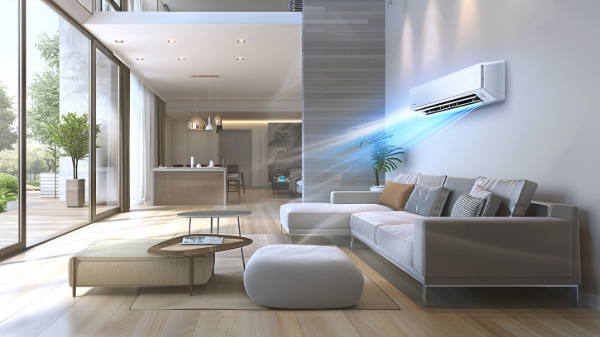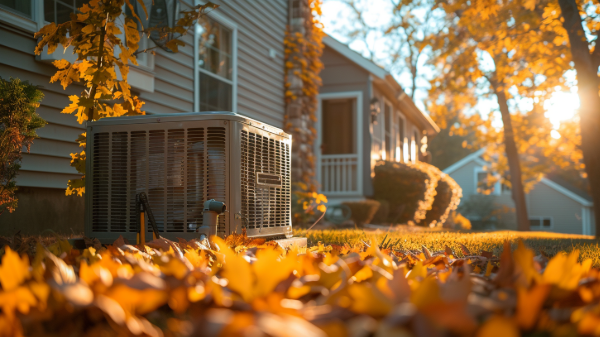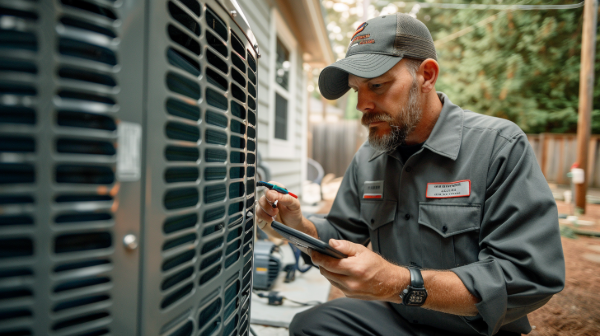5 Tips for Achieving the Best Temperature for Sleeping
How To Achieve the Best Sleeping Temperature
Believe it or not, science has determined the ideal temperature for sleeping. While your preferences may vary, doctors recommend that the temperature of your bedroom should be between 60 and 67 degrees Fahrenheit for the best sleep, with 65 degrees considered to be the target that you should aim for. An HVAC contractor in Sonoma and Marin County can help you maintain this nighttime temperature all year.
The reason for a cooler room has to do with your body's circadian rhythm. This is an internal time-keeping function that tells your body when it's time to wake up and go to sleep. In the latter case, your body starts shedding warmth in small increments around the time you go to bed. This keeps up steadily through the night until it reaches the lowest point around 5:00 a.m. If the room is either too warm or too cold, it can disrupt your sleep by interfering with the body's drop in temperature. When choosing the best room temperature for sleeping, it is better to err on the cooler side as this is less likely to disrupt the temperature drop.
If you aren't sure how to maintain the ideal temperature in your bedroom, here are some helpful tips.
1. Choose Appropriate Bedding for the Season
In the winter, your bedroom may be too cold, which can make it more difficult to drop off to sleep. You may want to make the bed with heavier bedding to help you keep warm as you are nodding off. Conversely, during the warmer summer months, the heavy comforter may be too hot. You may have to switch to lighter bedding starting in spring.
2. Pick Breathable Materials
Some materials used in pillows and mattresses absorb heat from your body and hold it in place. This can make you too hot and cause you to wake up in the night sweating. You should look for bedding that is specifically designed to keep you cool while sleeping. These materials can be more expensive, but you can think of it as an investment in more restful nights.
3. Install a Programmable Thermostat
In the past, thermostats could only be set at one temperature, day or night. Today, however, it is possible to install a programmable thermostat that automatically changes the setting based on the time of day. This allows you to set the thermostat for a warmer temperature during the day and a cooler one at night without having to manually adjust it every night as you are getting ready for bed.
4. Circulate the Air
Pushing the air around the room helps keep the room at an even temperature. If your bedroom does not have a ceiling fan, you can set your home's HVAC system to the fan setting.









